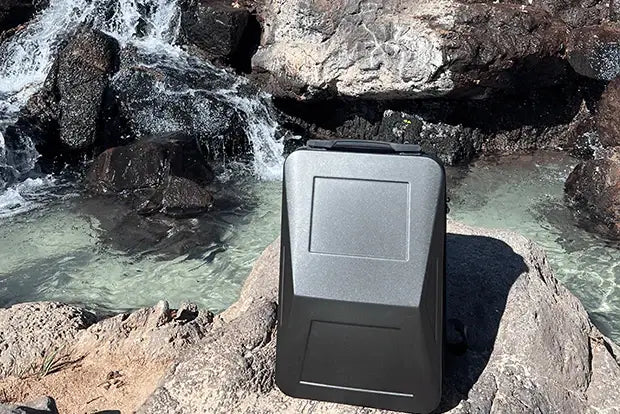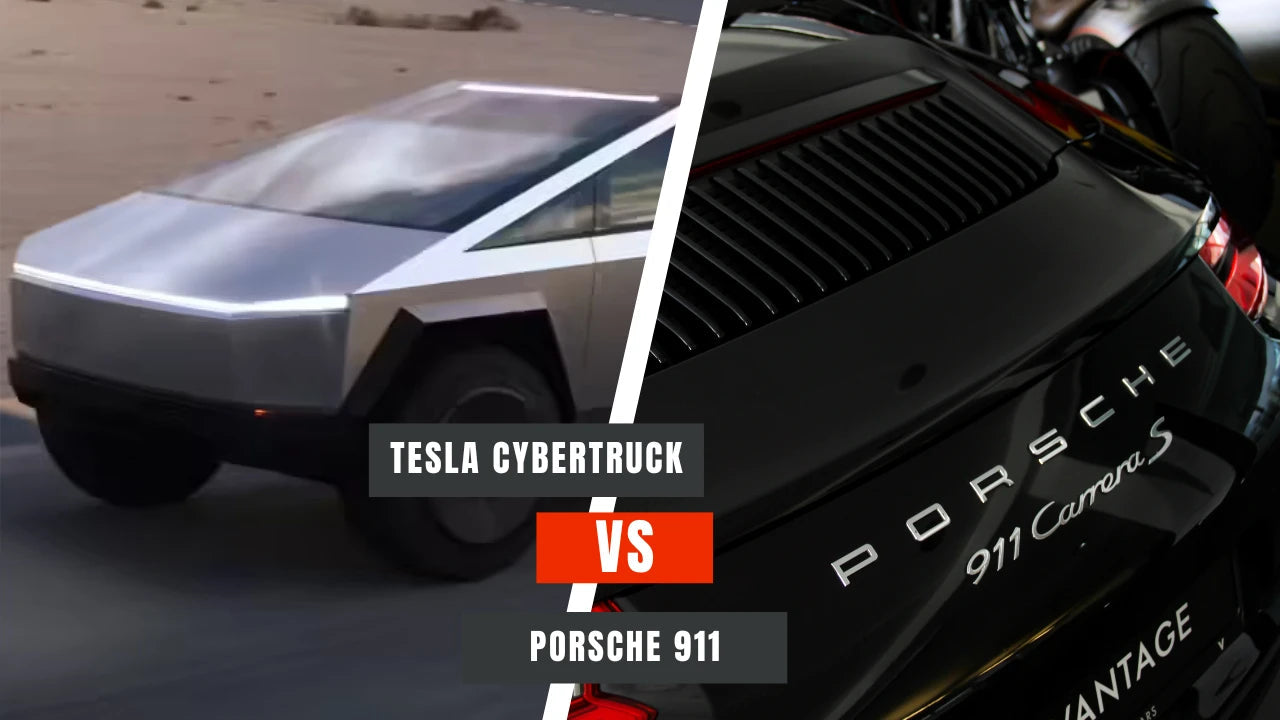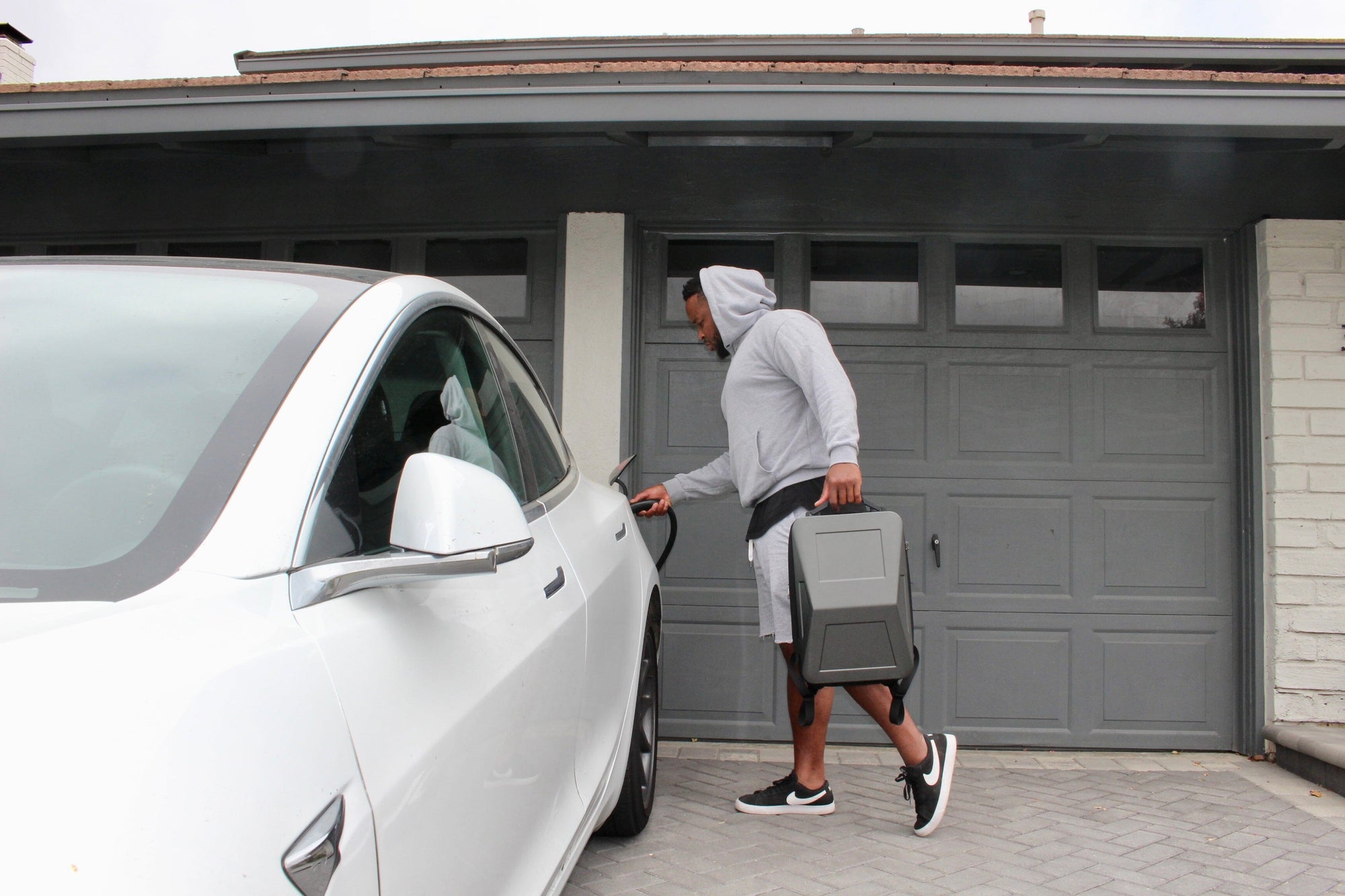There is no doubt that Tesla has reshaped the electric vehicle industry. Thanks to the company, we have reached the stage where EVs can hold their own against internal combustion engines and often exceed them.
However, a more crucial impact of Tesla on the automotive industry is inspiring a set of new startups that want to make electric vehicles. While it is a net positive for consumers since it means more choices, there are more than a few things these new startups can learn from Tesla as they attempt to replicate its success.
In this article, we will consider four key Tesla strategies that upcoming EV startups should pay attention to.
1. Start from top to bottom
In Elon Musk’s now-famous EV master plan, the billionaire CEO outlined a scheme to make EVs popular by starting with an aspirational model (the Roadster) and using the proceeds from its sale to make a high-end model (Model S and X).
The proceeds from the high-end model are then used to make the mid-range model (Model 3 and Y). Next, make a lower-end EV, and finally, make a mass-market model.
Tesla kept to this plan by releasing the high-performance Roadster. It was followed by the Model S, Model X, Model 3, and more recently, the Model Y.
There have been rumors that Tesla is working on a cheaper EV that costs around $25,000. But we are all waiting for the Cybertruck which has an iconic design that will surely inspire a million consumer products like the Cyberbackpack.
2. Dare to postpone profits
For many quarters, Tesla was the butt of corporate jokes for not turning a profit. However, the automaker pursued expansion by ramping up its production volume. This has paid off in spades as Tesla delivered more than 900,000 cars in 2021, exceeding its target of 750,000 to Wall Street's amazement.
Upcoming EV startups could adopt a similar strategy by prioritizing production capacity over short-term profits.
3. Vertical integration
Tesla is the most vertically integrated automaker. The car company develops and makes many of its tech and parts in-house. This has allowed it to amass critical IPs and streamline its production process, saving costs and time. In fact, Musk boasts that his company has an edge over the competition based on its production expertise.
4. Sell directly to customers
Musk early on realized the negative effect of dealerships on selling vehicles to the customer. This is why from its inception and to this day, you can only order a Tesla car online and pick it up at a showroom.
Who here has had a pleasant experience at a dealership? You would be hard-pressed to find customers who relish going to a dealership where pushy salesmen and unexpected service charges are the norm.
So it was paramount for Musk and Tesla to control the buying experience instead of handing it over to a third party like dealerships. This is something we took to heart when launching the Cyberbackpack and focusing on a direct-to-consumer approach.
Tesla also provides repair services to customers. We don't provide a repair service but offer a warranty that will replace any damaged Cyberbackpack due to a manufacturer defect free of charge.
Another issue with the dealership model adopted by all other OEMs is that dealerships often put a markup on their cars that could be quite steep and unsettling. Since the extra cost is swallowed by the buyer, it becomes an unnecessary burden.
For instance, a dealership placed a $50,000 markup on the Mercedes EQS, prompting the buyer to go for another brand that allows customers to order online.
With Tesla, the price you see online is the price you get. At Tesla showrooms, customers are not pressured to upgrade or feel the need to haggle. Customers come in with a clear understanding of how much their Tesla is gonna cost them and there are no surprises.
All current players and new entrants to the EV space need to get familiar with these strategies pioneered by Tesla and implement them immediately or be left behind. Customers now expect more from OEMs and sticking with the status will only lead to failure.












